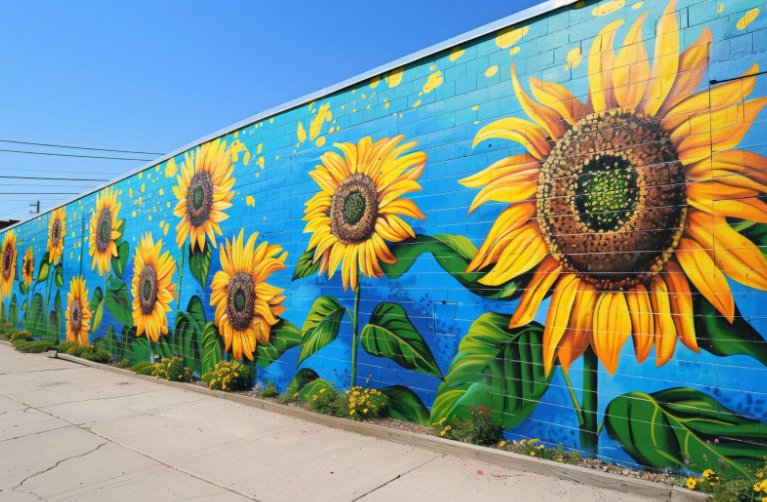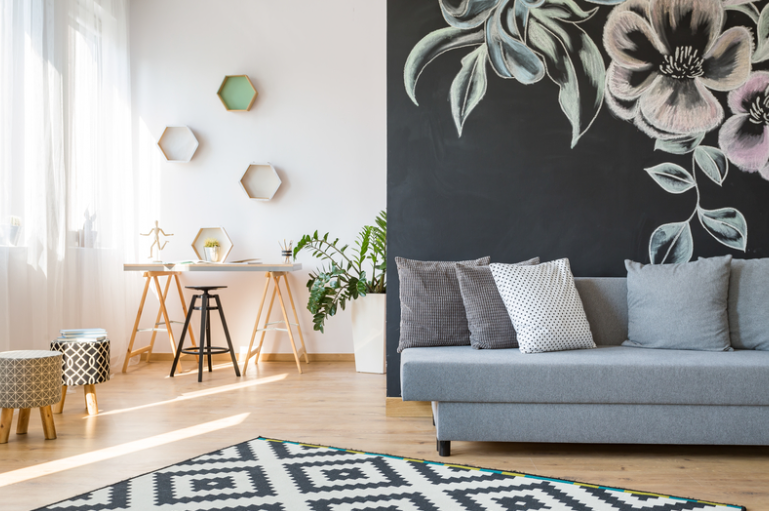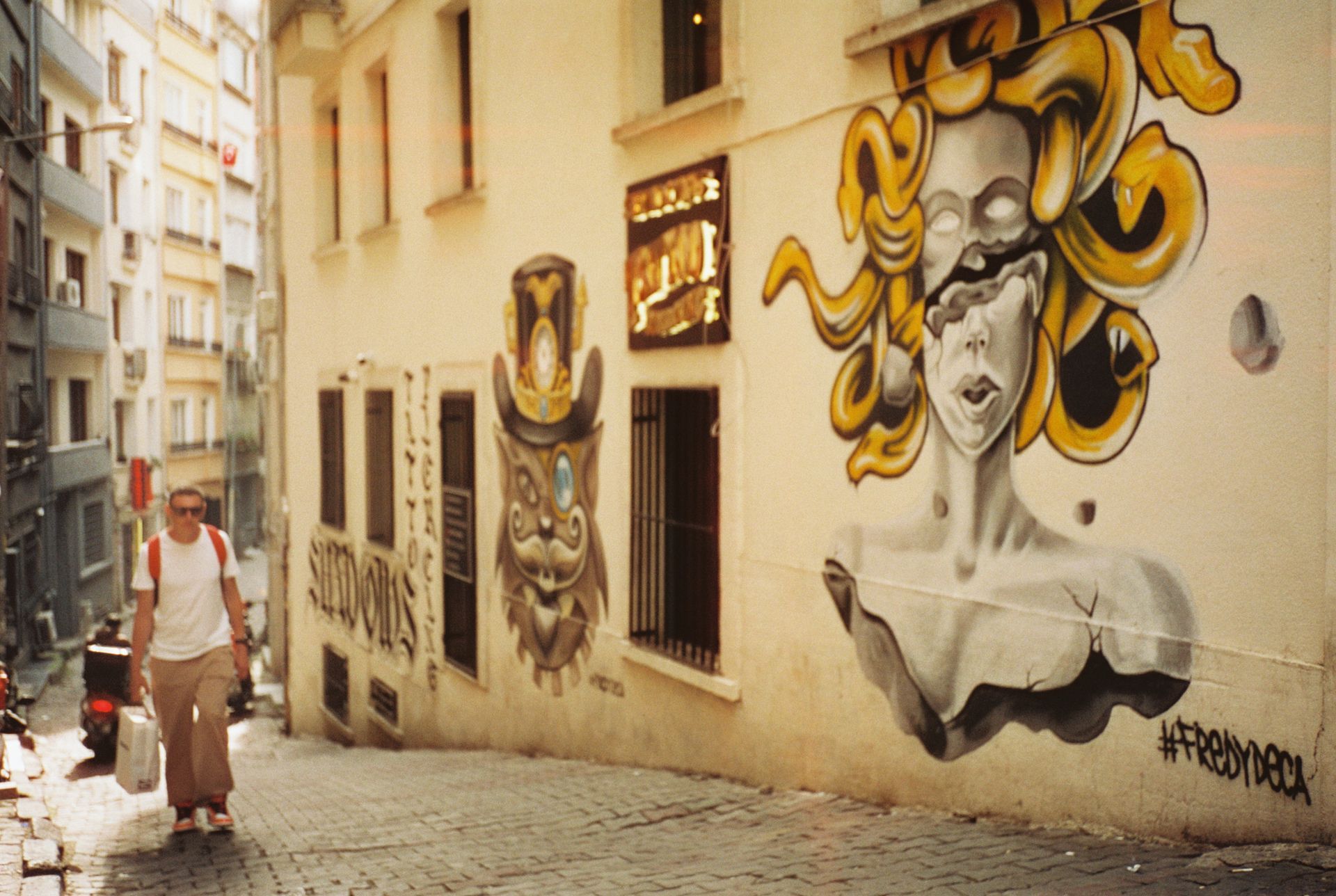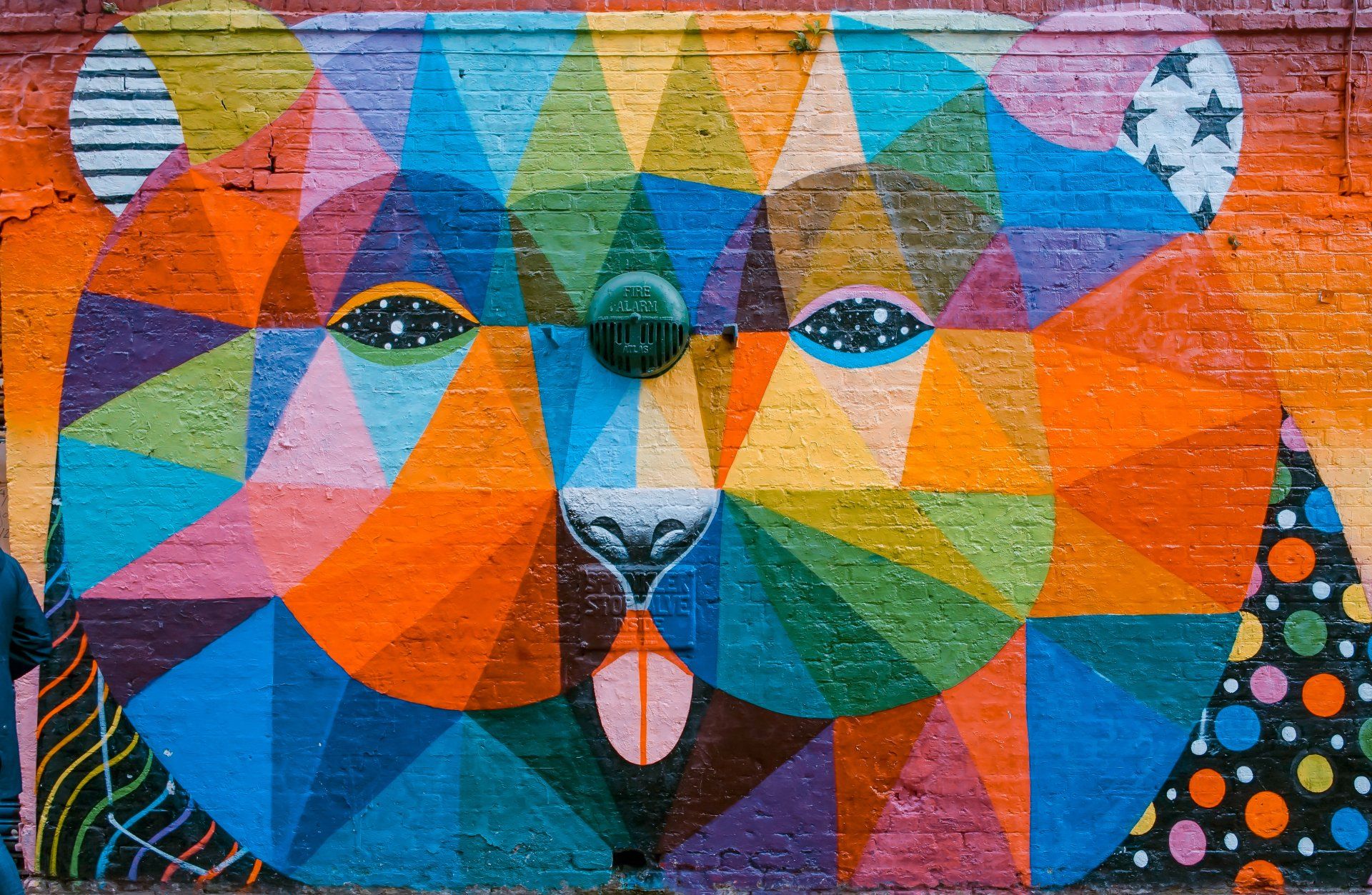The Role and Future of Community Murals in Texas
In Texas communities, murals stand as vibrant testaments to the spirit and identity of the people. From busy urban neighborhoods to serene rural towns, these artistic expressions serve as focal points for cultural celebration, storytelling, and community engagement. Through the lens of this discussion, readers will gain insight into the transformative power of murals in fostering a sense of belonging and pride among residents.
Role of Murals in Beautifying Urban Landscapes
Murals have long been recognized for their ability to transform and invigorate public spaces, adding splashes of color and creativity to otherwise unremarkable urban landscapes. Their transformative power extends not only to enhancing the aesthetic appeal of boring or haggard buildings but also to rejuvenating entire neighborhoods, fostering a sense of pride and identity among local communities. In Texas, where art and culture are deeply interwoven into the state’s identity, murals by artists like Becka and others play a significant role in beautifying cities and contributing to their unique urban identity.
One compelling case study is the revitalization of East Austin, where murals have been instrumental in bringing new life to the area. Once overlooked spaces have been reborn as vibrant centers of art and culture, with murals serving as focal points that draw both locals and visitors alike. For instance, the "Greetings from Austin" mural has become an iconic symbol of the city, capturing its spirit and welcoming all who come to explore. Such changes are not merely about making a wall pretty; they are about redefining the character of neighborhoods and creating spaces where the community can gather, interact, and make memories.
The aesthetic
benefits of murals in urban environments are undeniable. By converting blank walls into canvases for creative expression, murals add visual interest and diversity to cityscapes. Beyond mere decoration, they reflect the cultural narratives, historical milestones, and collective aspirations of the communities they adorn. This is evident in the numerous murals across Texas that celebrate its rich heritage, from the Alamo in San Antonio to the space explorations commemorated in Houston’s urban art. These artistic interventions contribute significantly to the urban identity of cities, making them more inviting and relatable for residents and visitors alike.
Ultimately, the role of murals in urban landscapes extends beyond beautification. They act as silent narrators of a city's story, inviting us to pause, reflect, and engage with the art. In Texas, the widespread appreciation for murals reflects a broader commitment to fostering vibrant, engaging, and inclusive public spaces. As cities continue to grow and evolve, the presence of murals ensures that art remains an accessible and integral part of the urban experience, enriching the lives of all who encounter it.
Fostering Community Pride and Engagement
Murals are more than just art; they serve as a platform for narrating local history and cultural narratives, playing a crucial role in fostering community pride and engagement. In Texas, murals such as the “I Love You So Much” on Austin’s South Congress Avenue have become synonymous with the communities they are part of, turning into landmarks that locals are proud of and tourists seek out. These public artworks often encapsulate the spirit of the neighborhood, offering an accessible means for residents to connect with their communal identity and heritage. The collaborative nature of many mural projects further fuels community engagement and pride, as locals participate in or witness the creation of a piece that represents their collective story.
Economic Impacts: Boosting Local Tourism and Businesses
The influence of murals extends into the economic realm, notably in promoting local tourism and benefiting businesses. Mural tourism has become a significant trend, with travelers specifically visiting areas to view famous murals. This influx of visitors translates to increased foot traffic for nearby businesses, boosting sales and promoting local economic growth. Several business owners in Texas attribute a portion of their success to the proximity of these vibrant public artworks. Supporting local artists through mural projects not only enriches the cultural landscape but also contributes to community development by creating job opportunities and promoting local craftsmanship.
Challenges and Controversies in Public Art Projects
While the benefits of murals are manifold, they do not come without their challenges and controversies. Balancing artistic freedom with community values can be a tightrope walk for muralists and project organizers. In some instances, murals have sparked public debate or even backlash, particularly when the content is perceived as controversial or not representative of the community’s values. Public feedback has thus become an invaluable aspect of the mural creation process, ensuring that the art remains respectful and relevant to the audience it serves.
These dialogues, while challenging, are essential to the dynamic process of integrating art into public spaces, ensuring that murals remain a beneficial and harmonious part of community life.
In sum, while embracing the myriad benefits that murals bring to local communities in Texas, it's also crucial to navigate the inherent challenges with sensitivity and inclusivity. Doing so ensures that these vibrant expressions of art continue to be celebrated as integral facets of the community’s fabric, fostering a sense of belonging and pride among its members.
Highlighting Diverse Voices and Stories Through Murals
In the quest to make public spaces more inclusive and representative, murals have played a pivotal role in bringing the diverse voices and stories of Texas to the forefront. Artists, often from within the very communities they depict, have used murals as a canvas to showcase the rich cultural tapestries that exist across the state. From celebrating the achievements of local heroes to narrating the struggles and triumphs of minority and underrepresented communities, these murals do more than just decorate; they educate, provoke thought, and foster a deeper understanding among community members.
The Future of Murals in Texas: Trends and Expectations
As we look to the future, the trajectory of mural art in Texas points towards an even more dynamic and interactive phase. Emerging trends, such as the incorporation of digital elements and augmented reality, are set to redefine the traditional mural experience. These technological advancements provide avenues for viewers to engage with murals in novel ways, such as accessing multimedia narratives through their smartphones that enrich the storytelling aspect of the artwork.
The potential for murals to address pressing social issues and foster dialogue among community members is also increasingly recognized. As societal conversations evolve, so too does the thematic focus of mural art, tackling topics from social justice to environmental sustainability. This evolution reflects a broader shift towards using public art as a medium for community engagement and activism.
The importance of supporting local artists and involving communities in the mural creation process continues to be emphasized. By doing so, mural projects can act as catalysts for local development, ensuring that the benefits, both economic and social, remain within the communities they are intended to serve. This holistic approach underpins the expectations for the future of murals in Texas, promising a landscape where art continues to be a vital, vibrant, and inclusive part of urban and rural communities alike.
The impact of murals on local communities in Texas is an important one. As we move forward, the fusion of artistic innovation, community engagement, and technology holds the promise of elevating public murals to unprecedented levels of influence and interaction.
Excited to explore the dynamic world of community murals in Texas? Reach out to Murals By Becka today to collaborate on your next mural project and be a part of shaping the vibrant future of Texas communities.
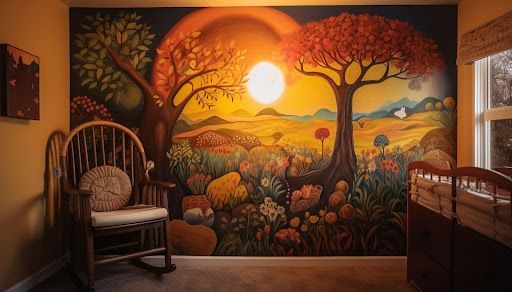

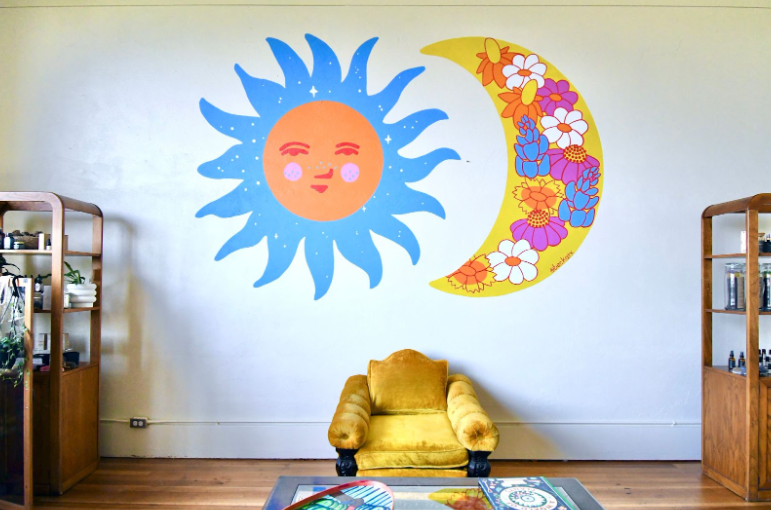
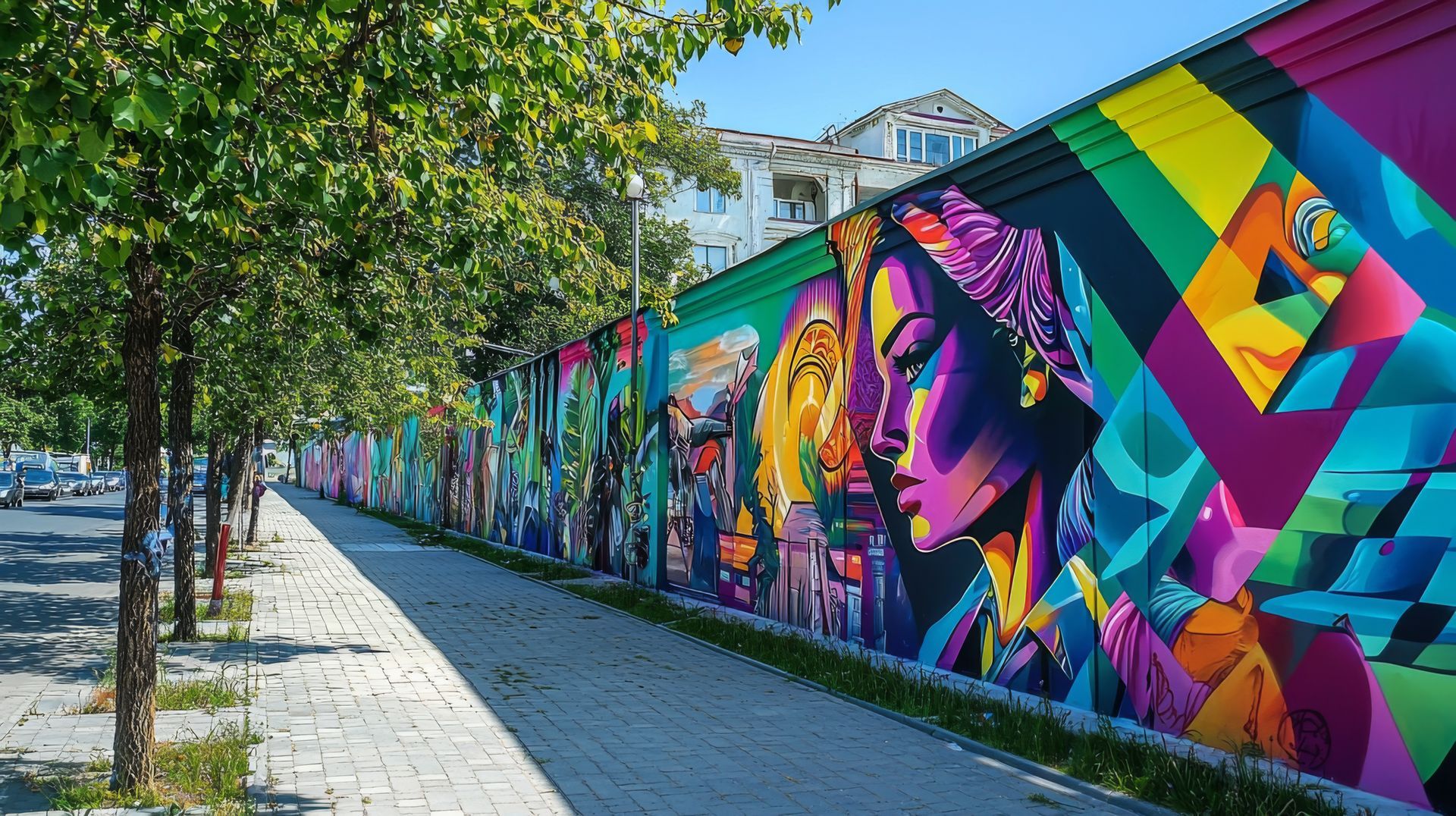
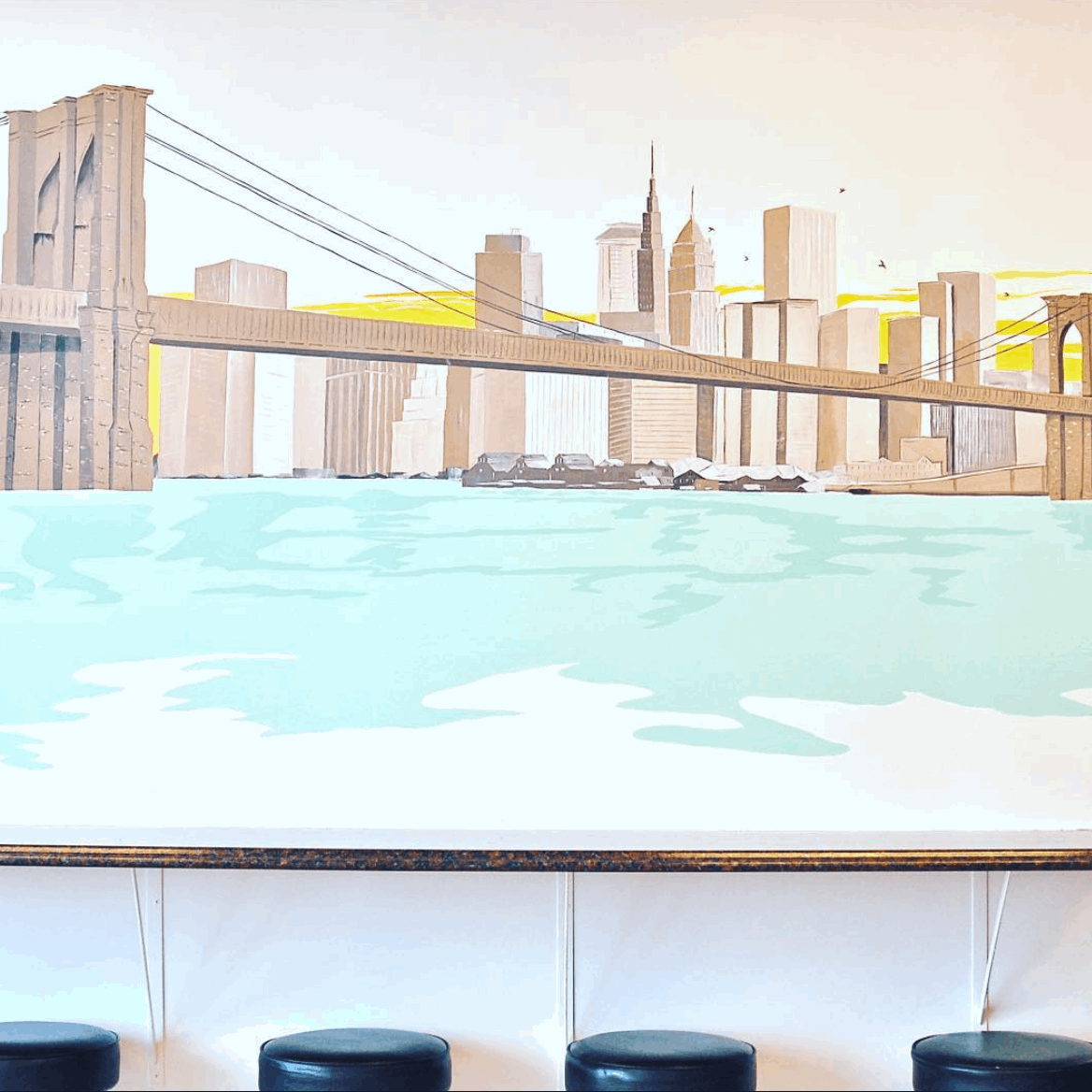
Let's talk about your project
Contact Us - Header Footer
We will get back to you as soon as possible.
Please try again later.

